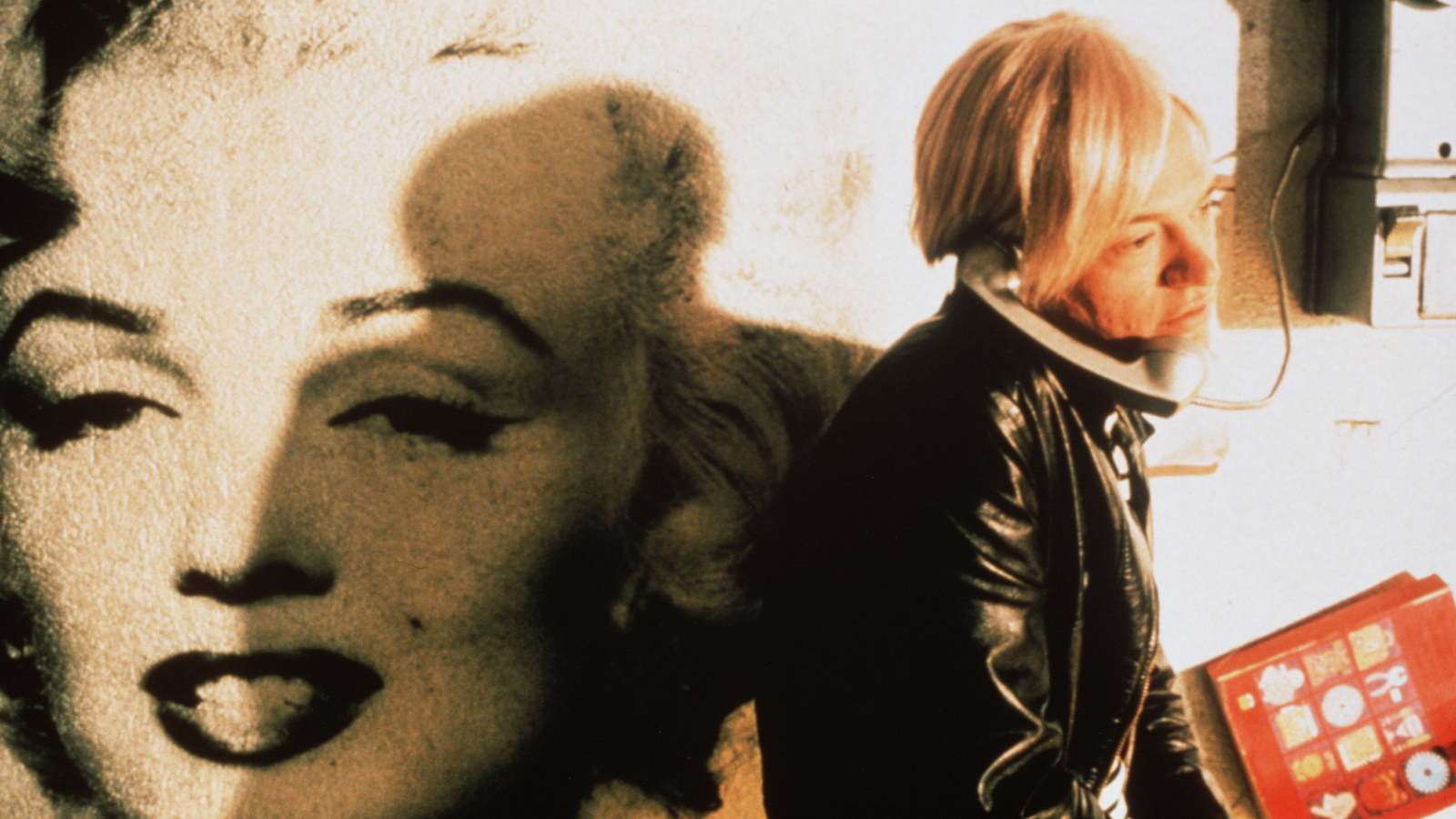
Aristotle said that “no excellent soul is exempt from a mixture of madness.”
It is that reason why there is often thought to be some sort of link between creative genius and madness and mental instability. While there are numerous instances of artists, writers, and musicians who lived a perfectly normal life, there are far more examples of ones that are tortured and battle with what appears to be some sort of mental illness.
Most know of Vincent Van Gogh cutting off his ear and being institutionalized at various times in his life. There is also the poet Sylvia Plath who famously committed suicide by putting her head in a gas stove. Those are just two examples of artists that struggled emotionally and it came through in their work.
It is because of their fascinating art and captivating lives that films about them are made. People go to museums to see their paintings or purchase books to read their stories. So it is only natural that filmmakers would want to try and bring their stories to life in cinema, they are the perfect flawed characters that are always interesting to watch.
It isn’t just that they are often flawed, but that they also push the normal boundaries of the moral code. They are brazen, womanizers, alcoholics, and drug addicts. They push themselves in excess in many ways and for various reasons, frequently as a way to self medicate their suffering.
Some of the more recent pictures to be released that received critical acclaim and Oscar consideration included Frida, Girl with the Pearl Earring, Pollock, and Big Eyes. These tales are not always biopics about real artists; some are purely fictional accounts involving a character that happens to be an artist.
This list contains a little bit of everything, with at least one film from every decade between 1940 and 1990 and at least one from America, Japan, France, Germany, Norway, Italy, and Sweden. This list is a varied collection of cult films and trashy pictures; all ranging between being critically hailed, being exploitative and controversial, and being considered so bad that they are great.
[Author’s Note: This list is not meant to be an all inclusive list or a best of list; it is simply twenty five cult movies that may be worth your time.]
1. House of Horrors (1946)
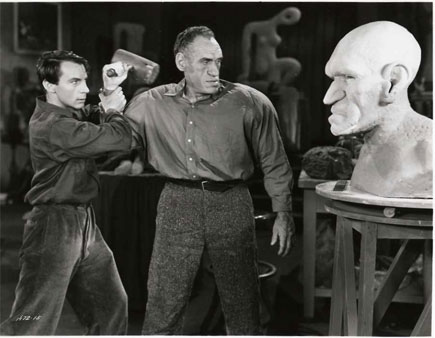
“Meet…The CREEPER!” [1]. A struggling sculptor saves a man from drowning, who just happens to the deranged serial killer known as The Creeper. They become friends and the sculptor’s uses The Creeper as his next subject matter, believing that it is his best piece and a true masterpiece.
When the New York art critic’s reviews call it trash, he has The Creeper kill them off. Universal had planned on doing a series of movies about The Creeper, but the actor who played him, Rondo Hatton, died before this movie was even released. They were able to make a sequel titled The Brute Man (1946) before his untimely death. Both movies are available on DVD.
2. Utamaro and His Five Women AKA Five Women around Utamaro (1946)
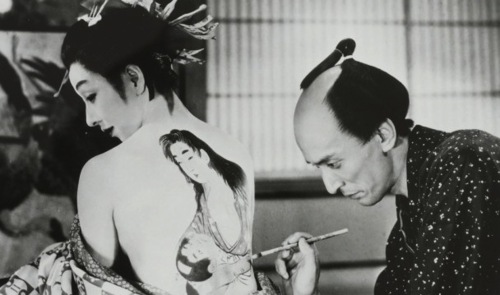
This is a Japanese film about the famous ukiyo-e artist Kitagaro Utamaro (1756-1806), known for his woodblock prints and wide range of style that varied from beautiful outdoor scenes all the way to erotica. This style went against the court sanctioned form of painting known as kano.
This fictionalized account partly based on a novel by Kanji Kunieda, details some of the life of Utamaro as he paints local prostitutes, becomes obsessed with a commoner’s daughter and takes her as his model, and is imprisoned by magistrates for some of his prints.
There is also a subplot involving a love triangle between three people that Utamaro associates with. The scenes involving Utamaro painting and his printing workshop are excellent, especially one in which he paints a picture on a woman’s back so that it can be tattooed.
Directed by the somewhat well known Kenji Mizoguchi (47 Ronin), it was one of the few period films that were made during the United States occupation of Japan after World War I.
Mizoguchi was an artist himself and many have regarded this as autobiographical, film critic Freda Freiberg said that his “regular scriptwriter Yoda, who worked with him (more precisely, for him) for 20 years, claimed in his memoirs that in the script for this film he was ‘almost unconsciously’ drawing a portrait of Mizoguchi through Utamaro.
The equation Utamaro=Mizoguchi has been irresistible to most critics as the two artists did have a lot in common. Both of them worked in a popular mass-produced medium operated by businessmen, and chafed under oppressive censorship regimes; both frequented the pleasure quarters and sought the company of geishas; but, most significantly, they both achieved fame for their portraits of women.
In a highly charged scene in this film, Utamaro paints, directly on the back of a beautiful courtesan, a sketch that is later tattooed into her skin. One could say that this creative act (and the passion the artist displays in executing it) literalizes the fact that both artists achieved fame on the backs of women – relying on them to arouse and express themselves, emotionally and aesthetically” [2].
3. House of Wax (1953)
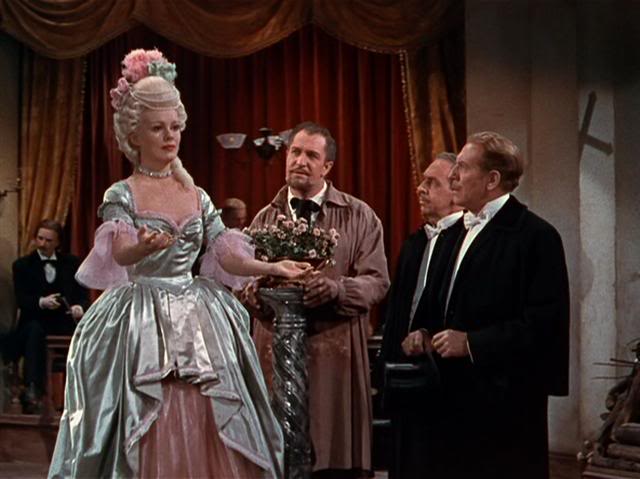
“Now Warner Bros bring you 3 dimension natural vision unlike anything you’ve seen before! A feature picture! A story sensation!” [3]. The first color 3-D movie from a major motion picture studio, it stars Vincent Price as the owner of a wax museum whose business partner burns down the museum in order to collect the insurance money on it.
Price’s character is presumed to have died in the fire, but resurfaces around 18 months later with a new wax museum. This one has a chamber of horrors exhibit that contains creations that used to be alive. Look for appearances by Carolyn Jones and a young Charles Bronson.
This was a huge success at the box office and was then re-released in theaters in both 1971 and in the 1980’s. A very terrible remake was released in 2005 that featured Paris Hilton. A 3-D Blu-ray version was released in 2013.
4. Le Mystere Picasso (1956)
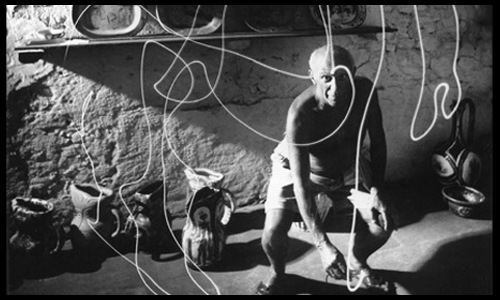
The single most important artist documentary made that features Pablo Picasso creating paintings filmed on camera, despite the fact that a similar documentary about Picasso was done by a Belgian crew titled Visit to Picasso in 1949.
The earlier version is a short black and white film that runs between 18 to 21 minutes and isn’t as amazing as this colorful 76 minute film. In this we get to witness one of the last true masters at work and his amazing and somewhat insane process that he goes through in creating his artwork.
The pace that he works at is almost dizzying as a picture takes shape and colors burst onto the screen. Then he’ll completely paint over an area and change what he thought wasn’t working, it’s an incredible sight and is required viewing for any artist or art lover. This was directed by Henri-Georges Clouzot, best known for The Wages of Fear and Diabolique.
5. Lust for Life (1956)
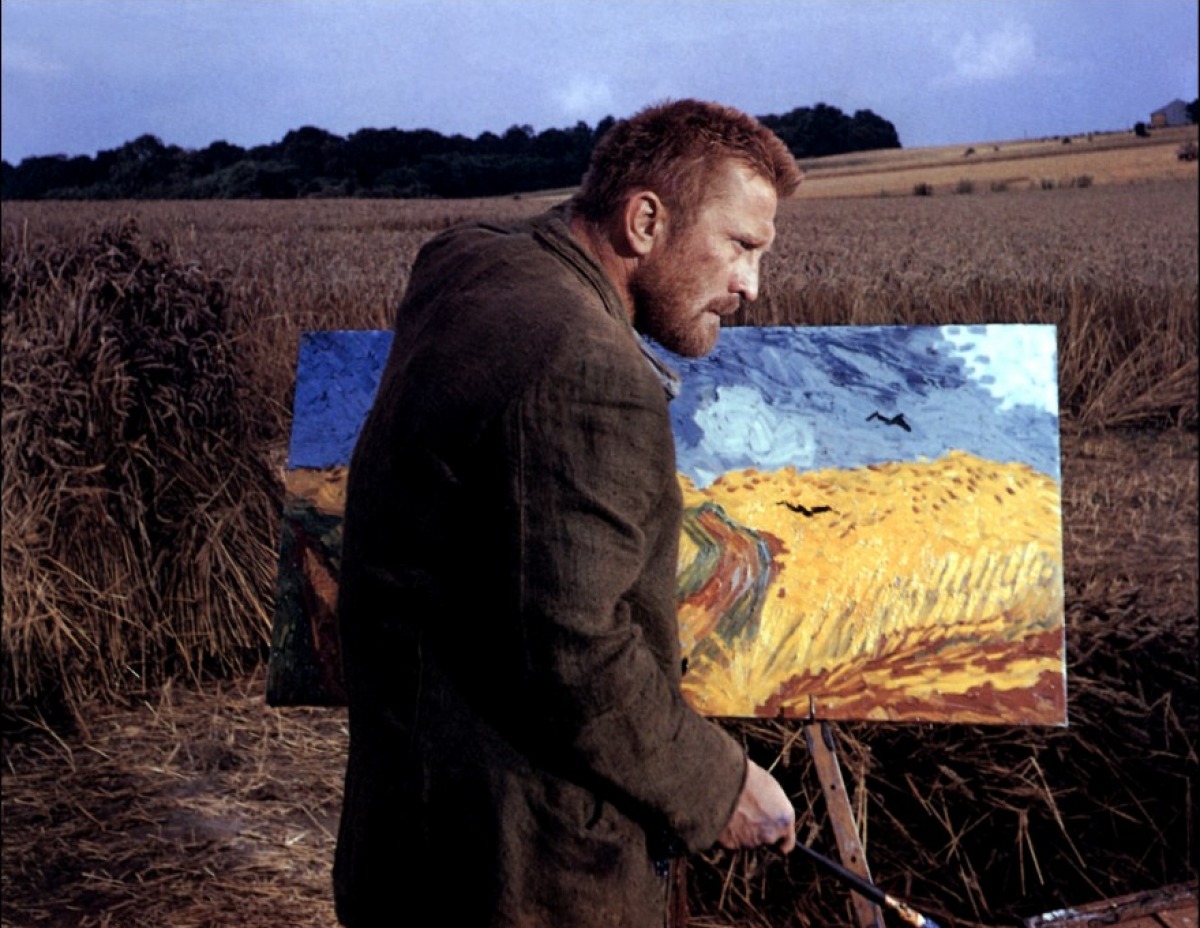
This is an impressive large scale studio production about the life of Vincent Van Gogh, adapted from a novel by Irving Stone and starring Kirk Douglas as Van Gogh. It is a wonderful movie in every way; massive and impressive set designs, recreation of characters and locations in his paintings, photographs of the actual paintings, and fine performances from Douglas, Anthony Quinn as Paul Gauguin, and the rest of the cast.
The film shows how Van Gogh was obsessive, tortured, disregarded, misunderstood, socially inadequate, an alcoholic, and mentally unstable. While it displays all of this and the tone is somewhat dark, it still feels light because it was a studio picture and a sign of the era that it came out in.
Had this exact production been released anytime past the 1970’s, it would have pushed the boundaries more and been far darker. It received critical praise and Oscar nominations but was a box office failure and isn’t remembered as well as some of Douglas’s other movies.
6. A Bucket of Blood (1959)
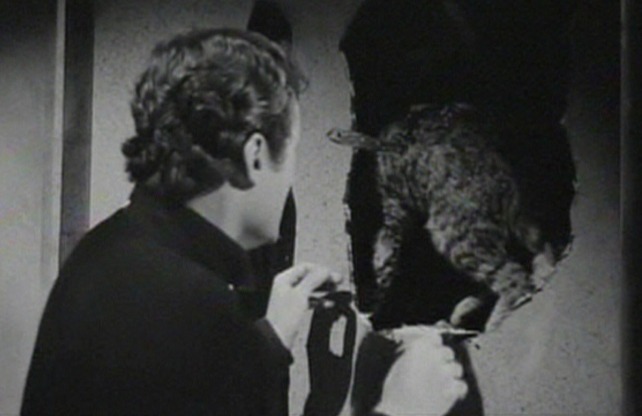
“You’ll be sick, sick, and sick – from laughing!” [4]. Dick Miller stands out in his lone starring role as a ridiculed busboy at a Bohemian café that is frequented by local artists. When he accidentally kills his landlady’s cat, he covers it in plaster and calls it a sculpture titled “Dead Cat.” The artists hail him as a genius and he proceeds to kill off people in order to create new work.
This was director Roger Corman’s first black comedy and it was shot quickly over five days on a $50,000 budget. His next project would be the comedy Little Shop of Horrors, which was shot in only two days. The film is in the public domain and had a remake released in 1995 and a musical production that took place in Chicago in 2009.
7. Mill of the Stone Women (1960)
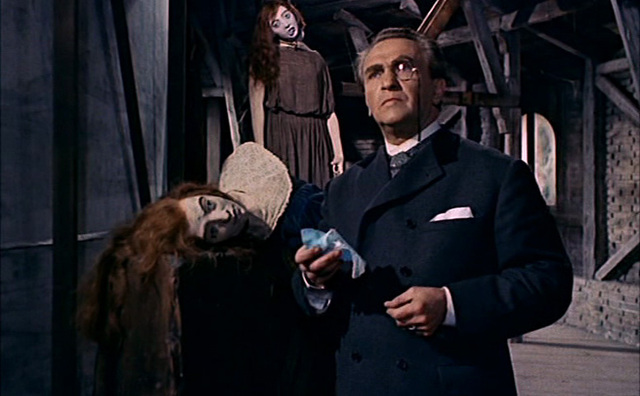
“Why do warm-blooded beauties suddenly turn to stone?!” [5]. This is a highly underrated gothic horror film that was an Italian and French co-production, which was partially shot in Holland and ended up being Italy’s first color horror picture.
An artist goes to an old town to write a story on the town’s centennial and the local sculptor that is working on restoring his grandfather’s sculptures, which are located in a mill and feature a collection of history’s most infamous women. He comes to discover that the sculptor is also conducting evil experiments that include murder and bringing the dead back to life.
It is a somewhat forgotten classic that has a large following amongst fans of Italian cinema and is based on a short story from the Book Flemish Tales by Peter Van Weigan. The movie is beautifully helmed by director Giorgio Ferroni, who is best known for several spaghetti westerns. It has been released on DVD by Mondo Macabre and recently on Blu-ray by German label Subkultur Entertainment.
8. Color Me Blood Red (1964)
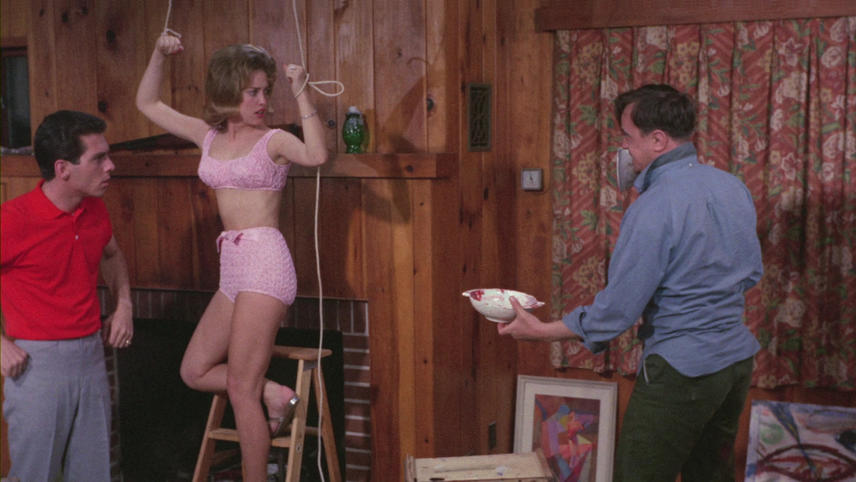
“A Blood-Splattered Study in the Macabre. It Will Leave You AGHAST!” [6]. A clone to the Corman production A Bucket of Blood, this one involves an artist who kills people and uses their blood in order to get the perfect color of red for his paintings.
Directed by the originator of shock and gore, this was Herschell Gordon Lewis’s third in what is referred to as his blood trilogy. Blood Feast and 2000 Maniacs came before it, and are often considered more interesting and far bloodier. He also didn’t score this film himself, as he had done previously.
As with all of his movies, they are an acquired taste. Some people find them to be totally trashy and highly inferior and some love them and worship him. Arrow Video is due to release a huge collection of is movies in October 2016.